Toxic Substances Found Lurking In Kids’ Mattresses
Babies and young children may be unknowingly exposed to hazardous chemicals while they sleep, according to two new research studies. These studies point to children’s mattresses as a significant source of harmful substances in their sleep environment.
In one study published in Environmental Science and Technology Letters, scientists collected air samples from 25 bedrooms of children aged 6 months to 4 years. The analysis revealed elevated levels of over 24 potentially dangerous compounds—including phthalates and flame retardants—concentrated around the sleeping areas.
A separate study, featured in Environmental Science & Technology, involved testing 16 new children’s mattresses. Researchers found that these products likely emit many of the same chemicals. When the team mimicked the body temperature and weight of a sleeping child, the release of these substances sharply increased.
“Sleep is essential for infants’ and toddlers’ brain development,” said Dr. Miriam Diamond, senior author and professor of environmental science at the University of Toronto. “Our findings show that many children’s mattresses contain compounds that could jeopardize healthy neurological growth. This highlights the urgent need for safer manufacturing practices.”
Phthalates and flame retardants, the primary chemicals identified, are known endocrine disruptors. These substances can interfere with natural hormone activity and have been associated with developmental delays, behavioral issues, lower IQ, and memory impairments.
Young children are particularly at risk due to their still-developing brains, higher respiratory rates compared to adults, and more absorbent skin. In fact, kids’ skin covers more area relative to their body weight and allows greater chemical penetration, researchers noted.
Although the bedrooms studied were in Toronto and Ottawa and the mattresses purchased in Canada, many of the mattress materials originated from the U.S., Mexico, and elsewhere. Thus, experts believe the findings are relevant across North America.
“Parents should feel confident that their child’s sleeping space is safe,” said Arlene Blum, executive director of the Green Science Policy Institute. “Flame retardants have long been associated with cognitive issues in children. It’s troubling that these substances are still used in mattresses despite lacking meaningful fire safety benefits.”
The researchers called on manufacturers to adopt safer chemical practices and urged regulators to tighten restrictions on toxic substances in children’s products.
While systemic changes are needed, parents can take steps to reduce exposure. Experts recommend keeping the sleep area clear of extra items like plush toys and blankets, as well as regularly laundering bedding. Neutral or undyed fabrics may also be safer, as they typically avoid chemical UV stabilizers used in brightly colored materials.



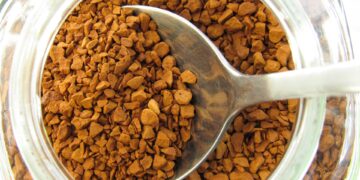


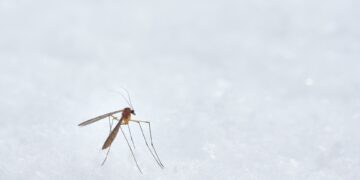
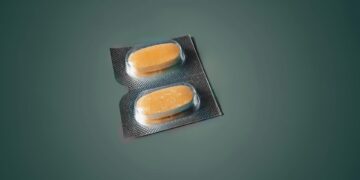






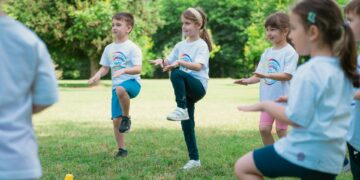





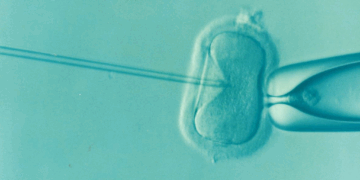





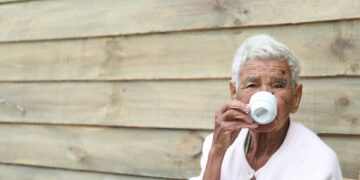






Discussion about this post